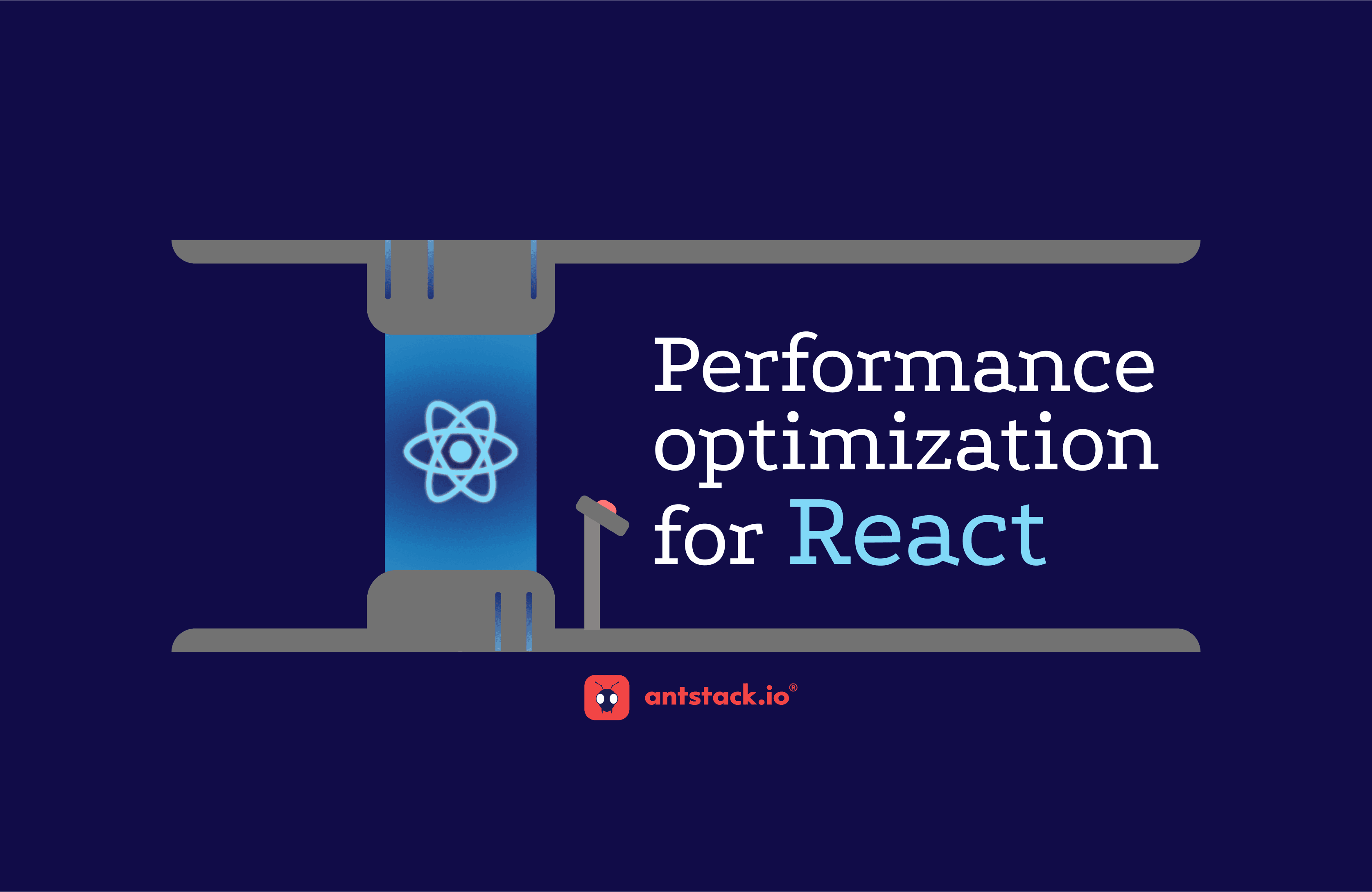- Published on
Performance Optimization in Frontend Development
269 words2 min read–––
Views
- Authors
- Name
- Neelima

Optimizing frontend performance is crucial for enhancing user experience and ensuring fast, responsive applications. Here are some effective techniques:
Key Techniques for Optimization
1. Code Splitting and Lazy Loading
Splitting large JavaScript bundles into smaller chunks improves load times. Use React's React.lazy() and dynamic imports for better performance.
2. Optimizing Images and Assets
- Use modern formats like WebP.
- Implement lazy loading with the
loading="lazy"attribute. - Compress images using tools like TinyPNG or ImageOptim.
3. Minimizing Re-renders
- Use
React.memofor functional components. - Optimize state updates by minimizing unnecessary renders.
- Use the
useCallbackanduseMemohooks to cache function references.
4. Efficient State Management
- Avoid unnecessary state updates.
- Use libraries like Redux Toolkit or Zustand for better efficiency.
- Implement React Query or SWR for handling server-side state.
5. Caching and Content Delivery Network (CDN)
- Leverage browser caching to store static assets.
- Use CDNs like Cloudflare or AWS CloudFront to serve assets faster.
6. Reducing Render Blocking Resources
- Minify CSS and JavaScript files.
- Load scripts asynchronously using
asyncordefer. - Inline critical CSS to speed up rendering.
7. Using Efficient Frameworks and Libraries
- Prefer lightweight UI libraries like Preact instead of React for smaller projects.
- Use Tailwind CSS for utility-first styling to avoid unnecessary CSS bloat.
Conclusion
Implementing these optimizations can significantly enhance the speed and efficiency of your frontend applications. Performance should always be a priority to provide users with the best possible experience.
What strategies do you use to optimize frontend performance? Let's discuss in the comments!
